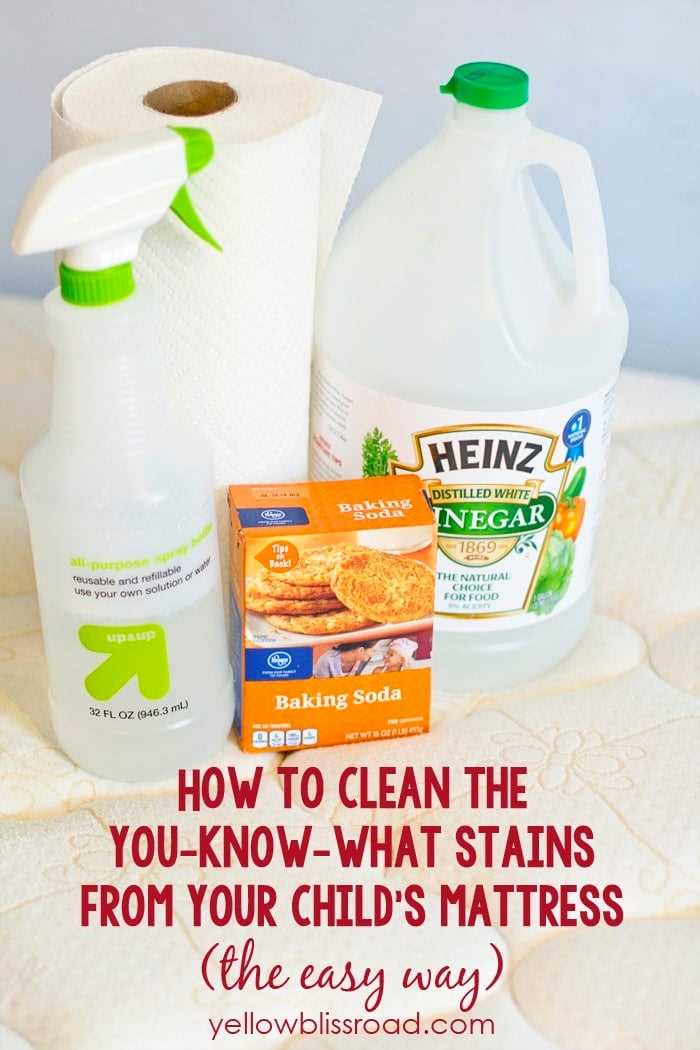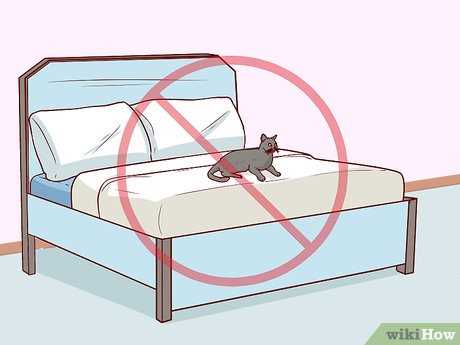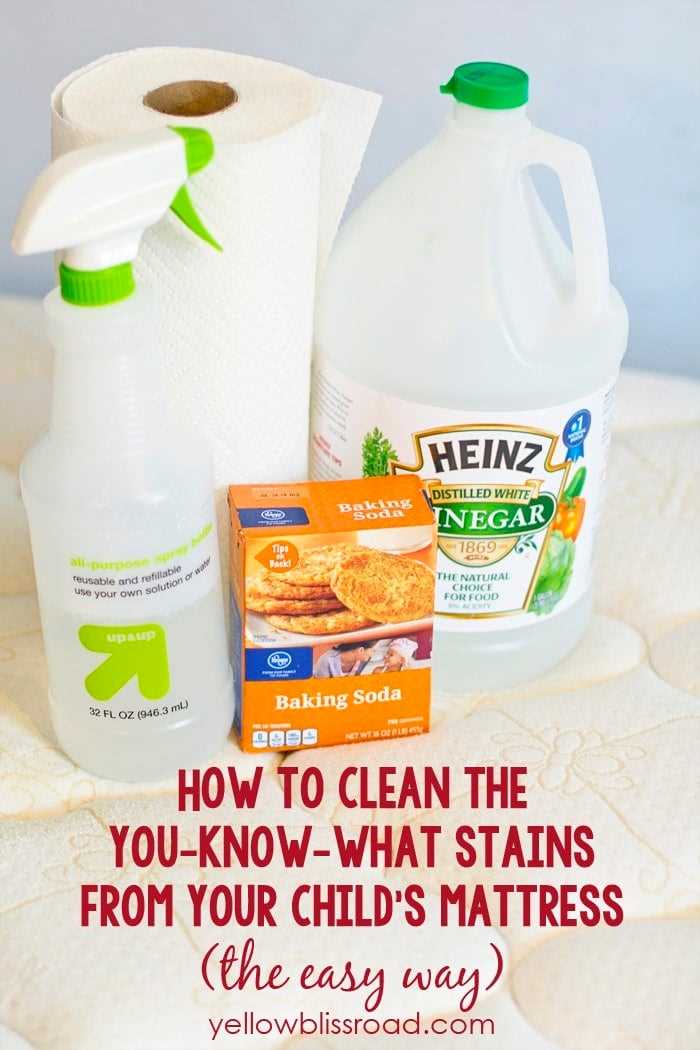



First, grab some paper towels or an absorbent cloth to soak up any liquid. Gently press down on the affected area to absorb as much as possible. Avoid rubbing, as this can push the fluid deeper into the fibers.
Next, mix a solution of equal parts water and white vinegar in a spray bottle. Spray the stained area generously, ensuring it is well-saturated. Allow it to sit for about 10-15 minutes to break down the odors.
After the vinegar solution has worked its magic, blot the area again with a clean cloth to absorb the moisture. If the smell persists, sprinkle baking soda directly onto the spot. Let it sit overnight to neutralize any lingering scents.
Finally, vacuum the area to remove the baking soda residue. This process not only helps in eliminating odors but also ensures the bedding remains fresh for those cozy nap times. Remember to keep your space clean and comfy for our favorite humans!
Tips for Removing Feline Odor from Bedding
Use a mixture of white vinegar and water in equal parts. Spray directly on the stained area, ensuring it soaks thoroughly. Let it sit for about 10 minutes, then blot with a clean cloth to absorb the liquid.
Next, sprinkle baking soda generously over the damp spot. This will help neutralize any lingering scent. After a few hours, vacuum the area to remove the baking soda residue.
Enzymatic Cleaners
Consider using an enzymatic product specifically designed for pet stains. These formulas break down odor-causing compounds effectively. Apply according to the instructions, usually requiring a brief dwell time before blotting or rinsing.
Drying Techniques
Ensure the area dries completely to prevent mold or mildew. Use fans or open windows for airflow. If possible, place the bedding outside in sunlight, which can also help eliminate odors naturally.
Identify the Affected Areas on Your Mattress
First, use your nose. The distinctive scent will guide you to the spots needing attention. Follow your nose closely, as the smell can be stronger in certain areas.
Next, inspect visually. Look for any discoloration or stains, particularly in spots where I usually nap. Pay special attention to seams and folds, as these can trap moisture and odors.
Consider using a blacklight. It reveals any hidden traces that aren’t visible during the day. Turn off the lights and scan the surface; any glowing marks are indicators of trouble.
When assessing the situation, keep these areas in mind:
- Edges and corners
- Seams and stitching
- Areas where I frequently lay down
Don’t forget to check under any protective covers. Sometimes, the issue can spread beneath layers, so ensure you lift everything to uncover potential problems.
Once identified, you can effectively tackle the situation. Remember, being thorough will help restore my favorite resting spot to its original glory!
Gather Necessary Cleaning Supplies
For tackling the stubborn spots left by my mischief, I recommend gathering these items:
Cleaning Agents
| Item | Purpose |
|---|---|
| White vinegar | Neutralizes odor and breaks down stains. |
| Baking soda | Absorbs moisture and eliminates lingering smells. |
| Dish soap | Helps to lift and remove residues. |
| Hydrogen peroxide | Acts as a disinfectant and stain remover. |
Tools
| Item | Use |
|---|---|
| Spray bottle | For easy application of cleaning solutions. |
| Soft cloth | Gently wipes surfaces without damage. |
| Vacuum cleaner | Removes loose debris and baking soda after treatment. |
| Scrub brush | For scrubbing tough stains effectively. |
Having these supplies ready ensures a smoother process for restoring my favorite napping spot.
Apply a Homemade Cleaning Solution

Mix equal parts of white vinegar and water in a spray bottle. This mixture neutralizes odors and helps break down stains. Spray it directly on the affected spots and let it sit for at least 10 minutes.
Afterward, blot the area using a clean cloth to absorb the solution and any residue. Repeat if necessary to eliminate persistent odors. For additional stain-fighting power, sprinkle baking soda over the damp area after blotting. Let it sit for several hours, then vacuum it up to remove odors and any remaining moisture.
If you want a more potent solution, consider adding a few drops of dish soap to the vinegar-water mix. This can help lift stubborn stains more effectively. Always test any solution on a small, inconspicuous area first to ensure there’s no discoloration.
After treatment, allow the surface to dry completely. Proper ventilation speeds up this process. If you frequently deal with challenges like this, investing in quality flea products for cats can help minimize accidents in the future.
Neutralize Odors After Cleaning
To tackle lingering smells, sprinkle baking soda over the area. Let it sit for several hours or overnight to absorb any remaining scents. The longer it stays, the better it works. Vacuum it up afterward to reveal a fresher surface.
Vinegar Solution

Mix equal parts of water and white vinegar in a spray bottle. Lightly mist the affected spots, avoiding soaking the fabric. The vinegar’s acidity helps neutralize odors. Allow it to air dry completely; the vinegar scent will dissipate, taking other odors with it.
Essential Oils

Add a few drops of essential oils, like lavender or tea tree, to a diffuser in the room. This not only masks odors but also introduces a pleasant aroma. Alternatively, mix a few drops with water in a spray bottle to lightly mist the area, enhancing the fresh scent.
Prevent Future Accidents on Your Mattress
Keep my sleeping area inviting by using waterproof covers. These protect against spills and unwanted messes, making clean-up easier. Choose a breathable option to maintain comfort.
Establish a designated spot for my litter box. Ensure it’s easily accessible and kept clean to encourage me to use it consistently. Consider placing it away from my sleeping quarters.
Engage me in playtime. Regular exercise reduces stress and anxiety, minimizing accidents caused by excitement or nervousness. Interactive toys or feather wands can keep me entertained and active.
Monitor my health. If I start having accidents, it could signal a health issue. Schedule regular vet visits to catch any problems early. Stay informed about common feline health concerns.
Consider using pheromone diffusers. These can create a calming environment, helping to reduce anxiety and unwanted behavior. They mimic natural cat scents that promote relaxation.
Lastly, reinforce positive behavior. Reward me with treats or affection when I use my litter box correctly. This encourages me to repeat good habits and feel secure in my environment.
For more tips on maintaining a healthy environment, check out this link: where does protein synthesis occur in the cell.
FAQ:
What is the best way to remove cat urine from a mattress?
To effectively remove cat urine from a mattress, first, blot the area with paper towels to absorb as much liquid as possible. Next, prepare a cleaning solution by mixing equal parts water and white vinegar in a spray bottle. Spray the affected area generously and let it sit for about 10-15 minutes. After that, blot the area again with clean towels to remove the moisture. If needed, sprinkle baking soda over the damp spot to help neutralize the odor. Let it sit for a few hours before vacuuming it away. This method is generally safe for most mattress materials and helps in both cleaning and odor removal.
Can I use commercial cleaners to clean cat urine from my mattress?
Yes, you can use commercial cleaners specifically designed for pet stains and odors. Look for enzymatic cleaners, as they break down the proteins in urine that cause lingering smells. Follow the instructions on the product label carefully for the best results. It’s important to test any cleaner on a small, inconspicuous area of the mattress first to ensure it does not damage the fabric. After applying the cleaner, make sure to blot the area and allow it to dry completely.
How can I prevent my cat from urinating on the mattress again?
To prevent your cat from urinating on the mattress in the future, consider several strategies. First, ensure that your cat’s litter box is clean and accessible, as a dirty or hard-to-reach box may lead them to seek alternative spots. Additionally, if the behavior is stress-related, try to identify and alleviate any triggers in their environment. Providing adequate playtime and mental stimulation can also help reduce anxiety. If the problem persists, consult with a veterinarian to rule out any medical issues that may be causing the behavior.









